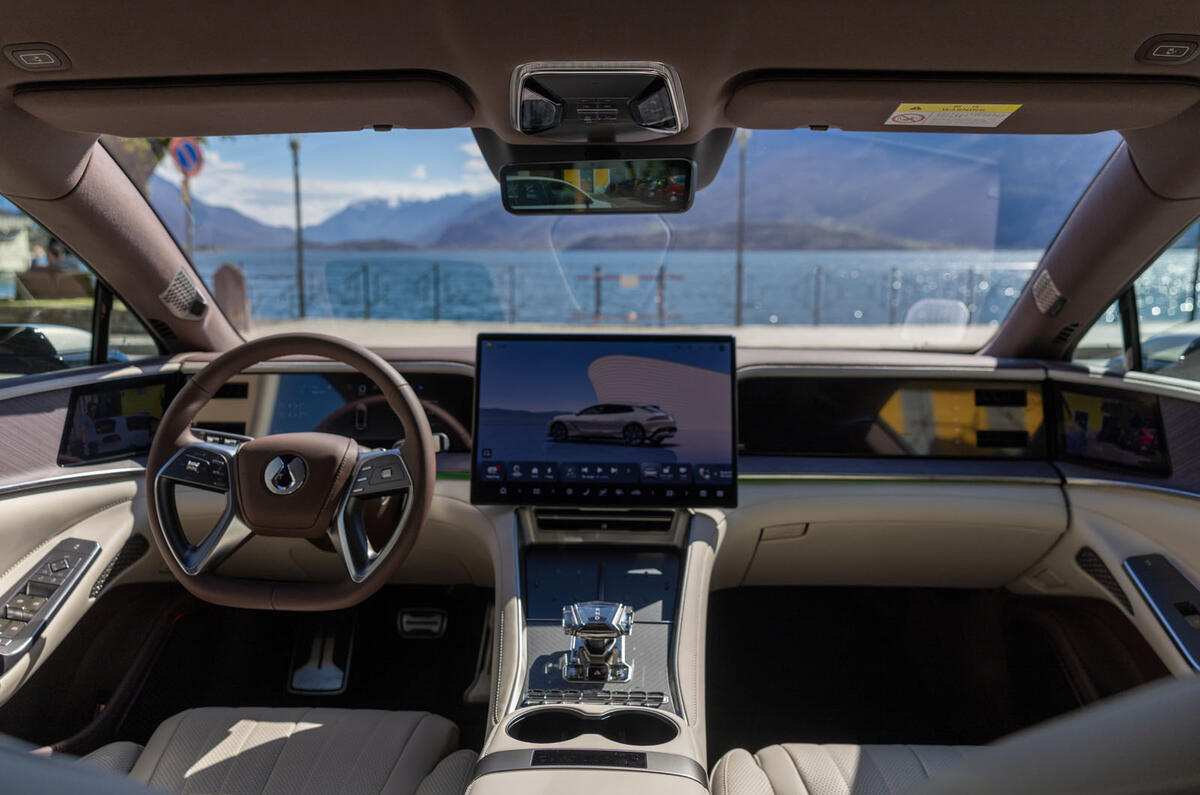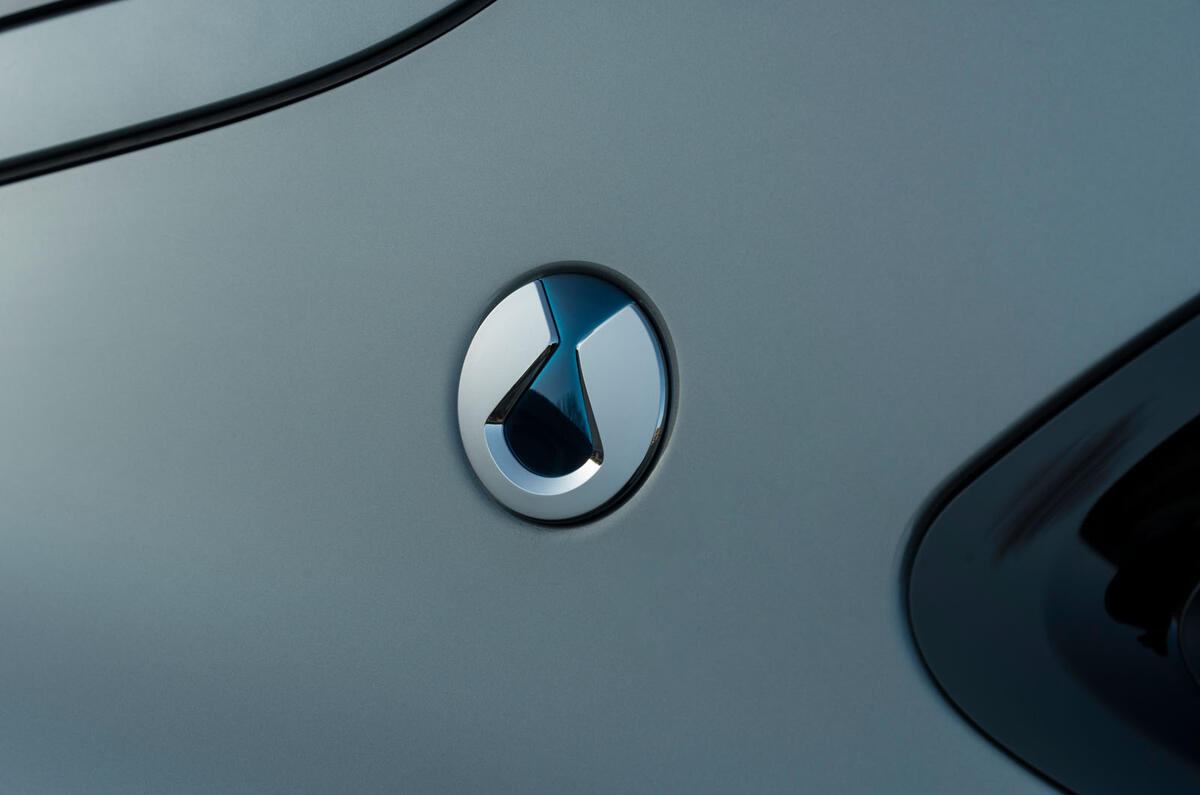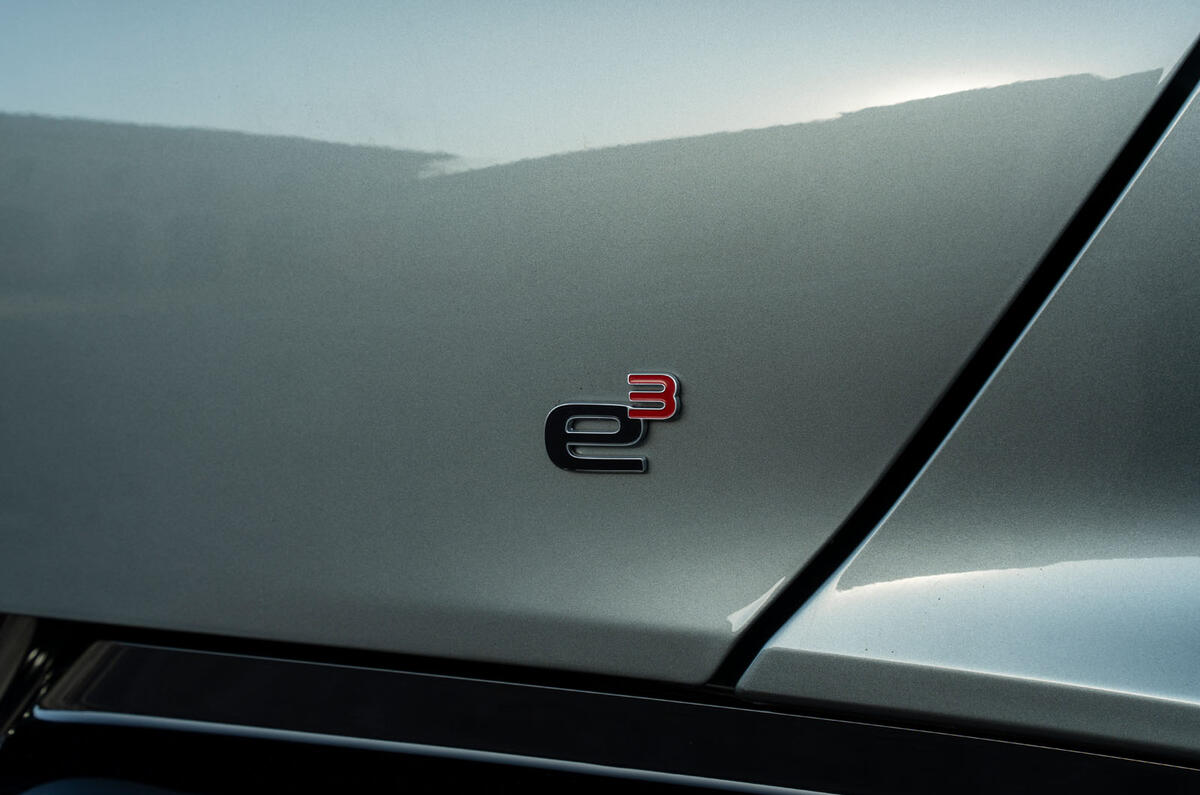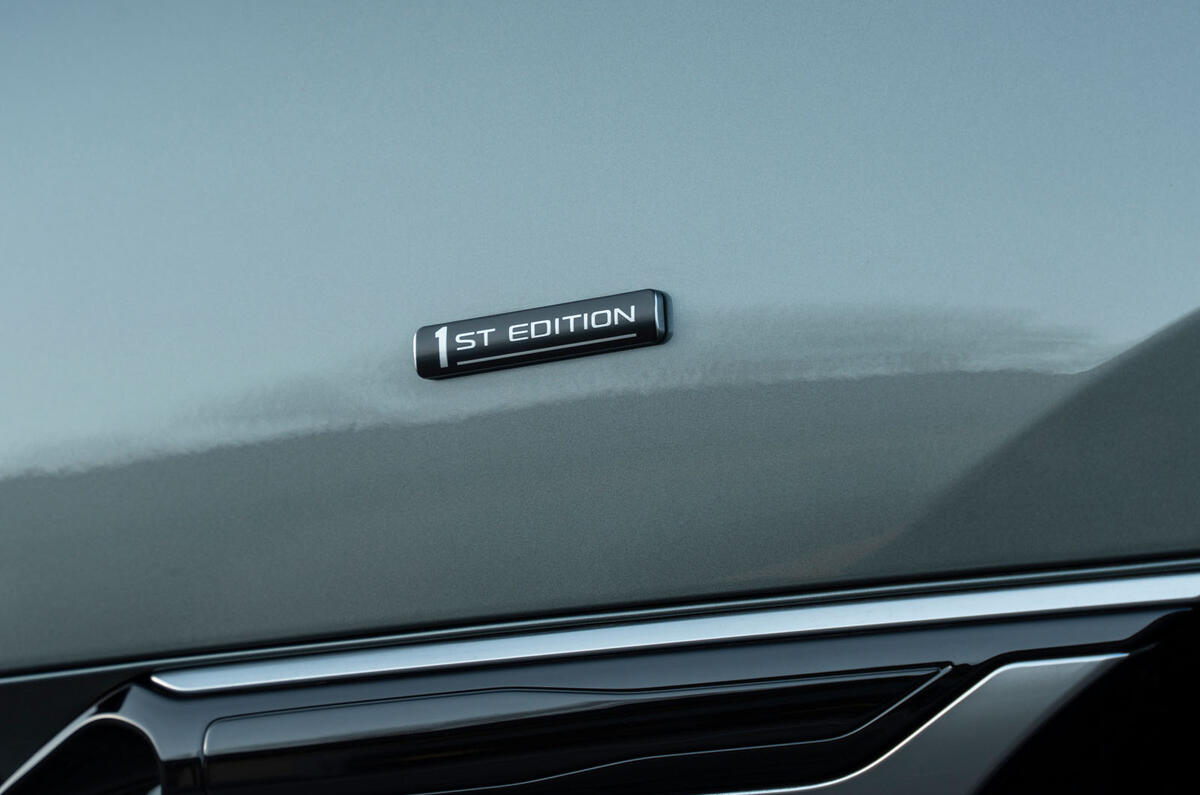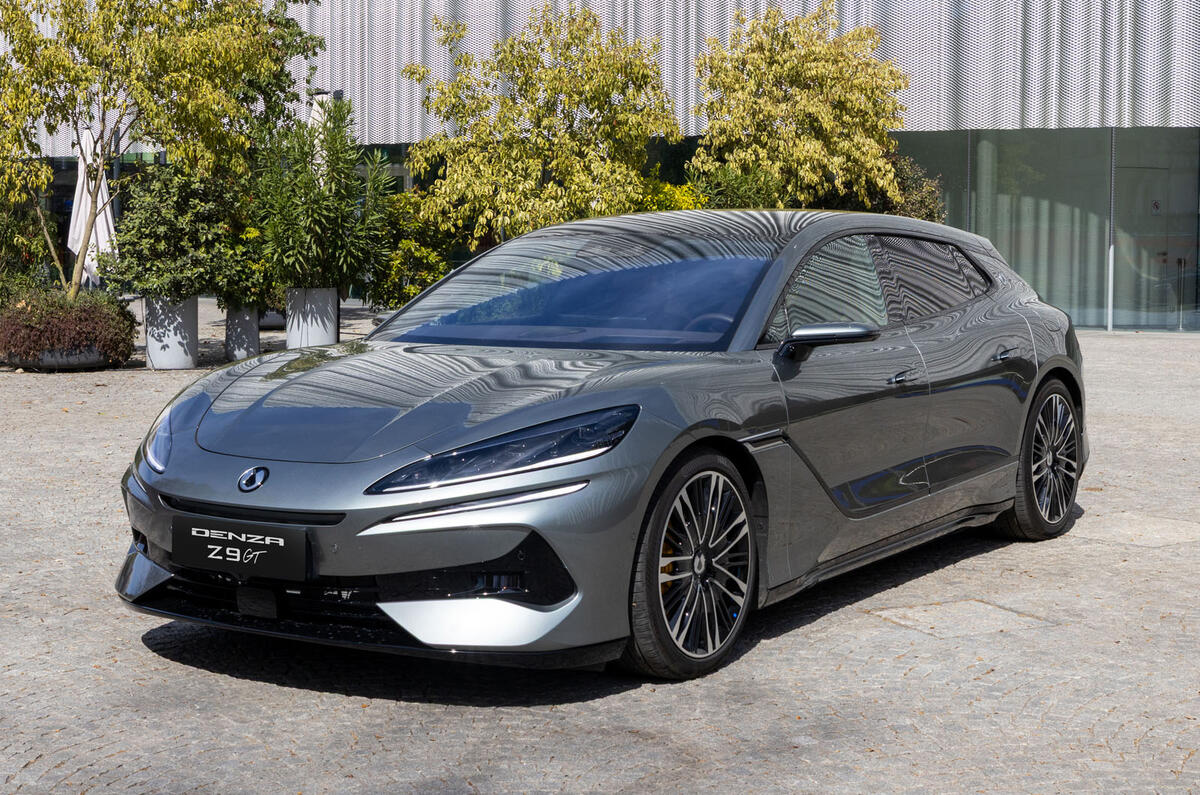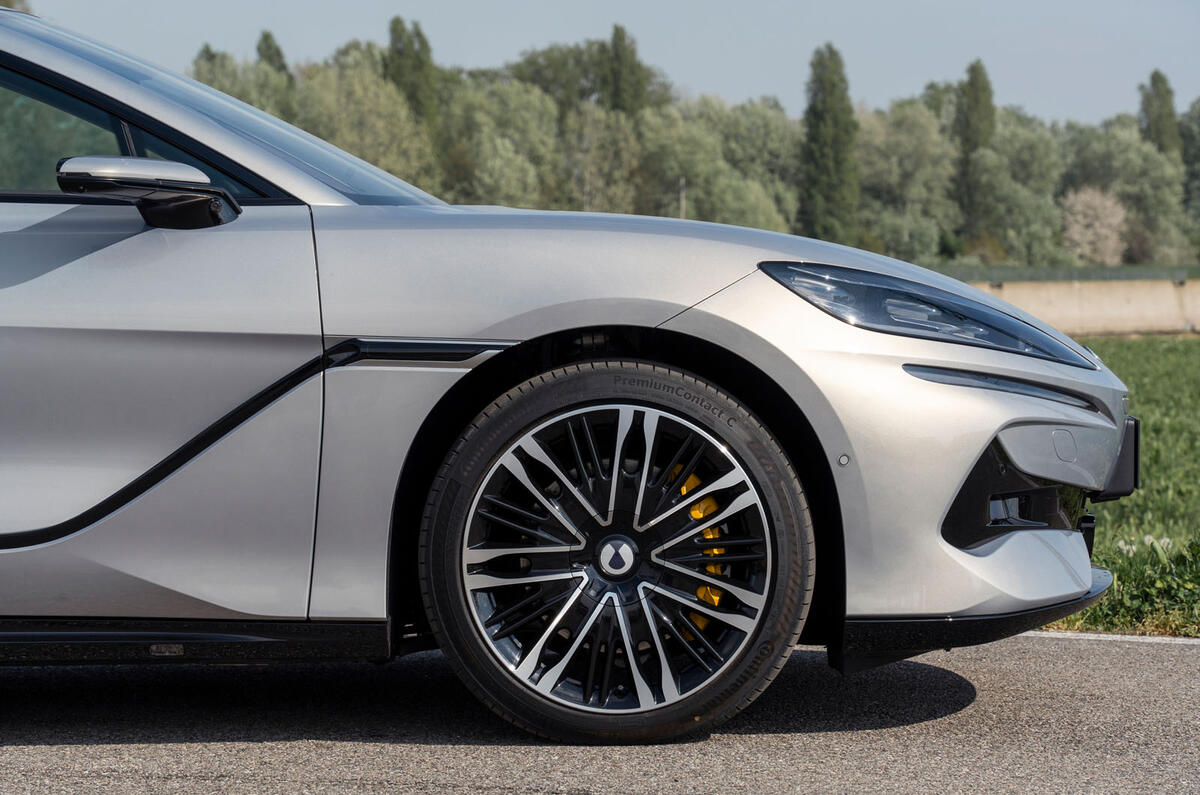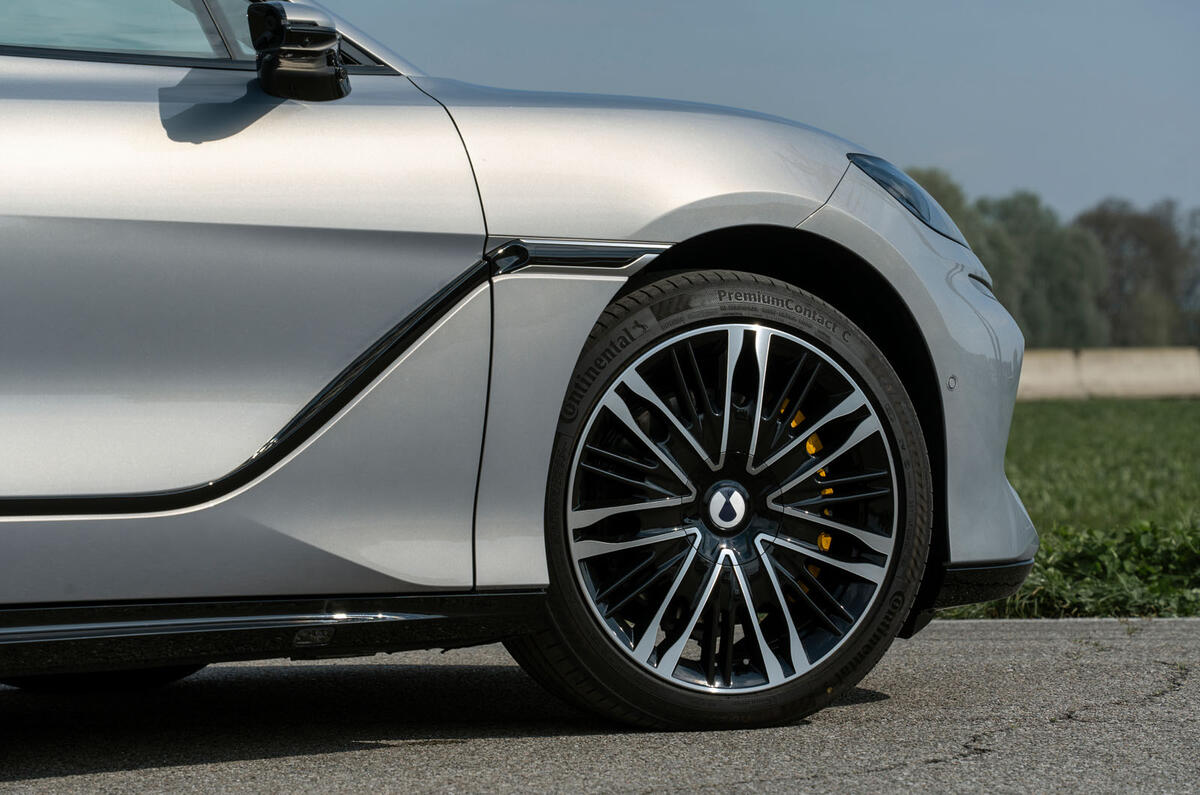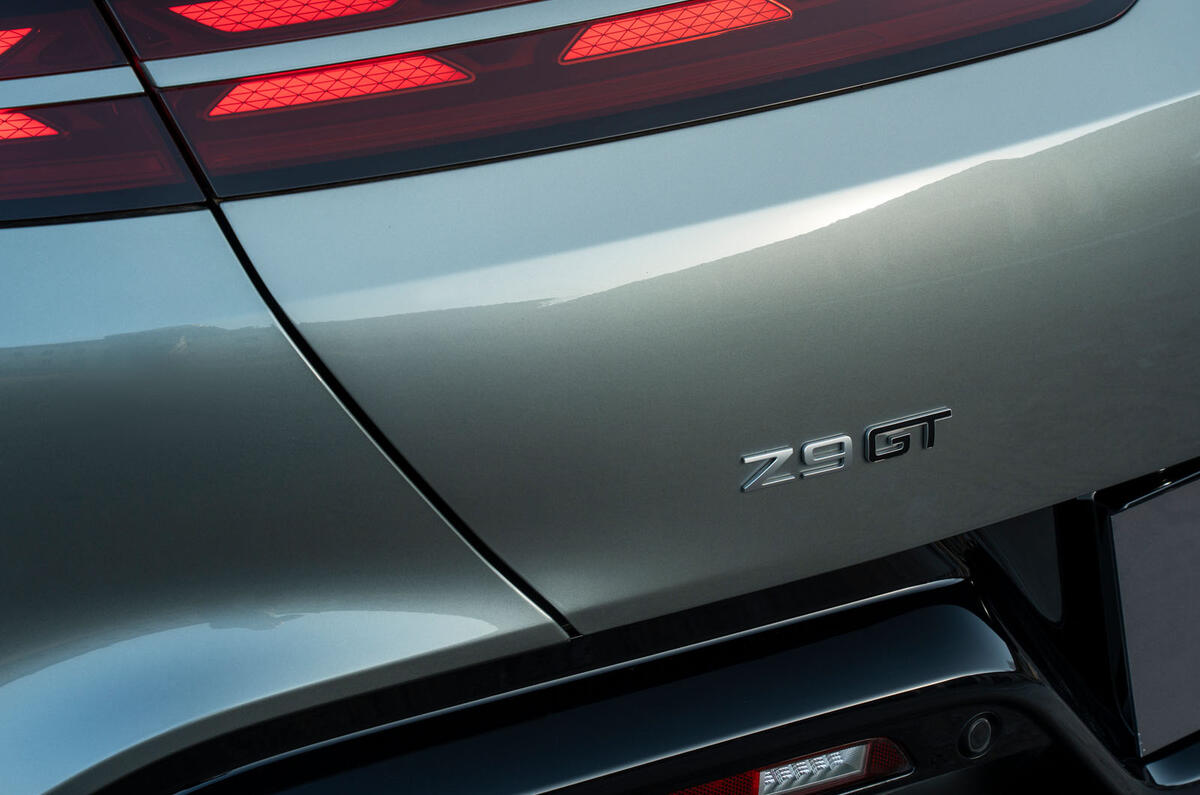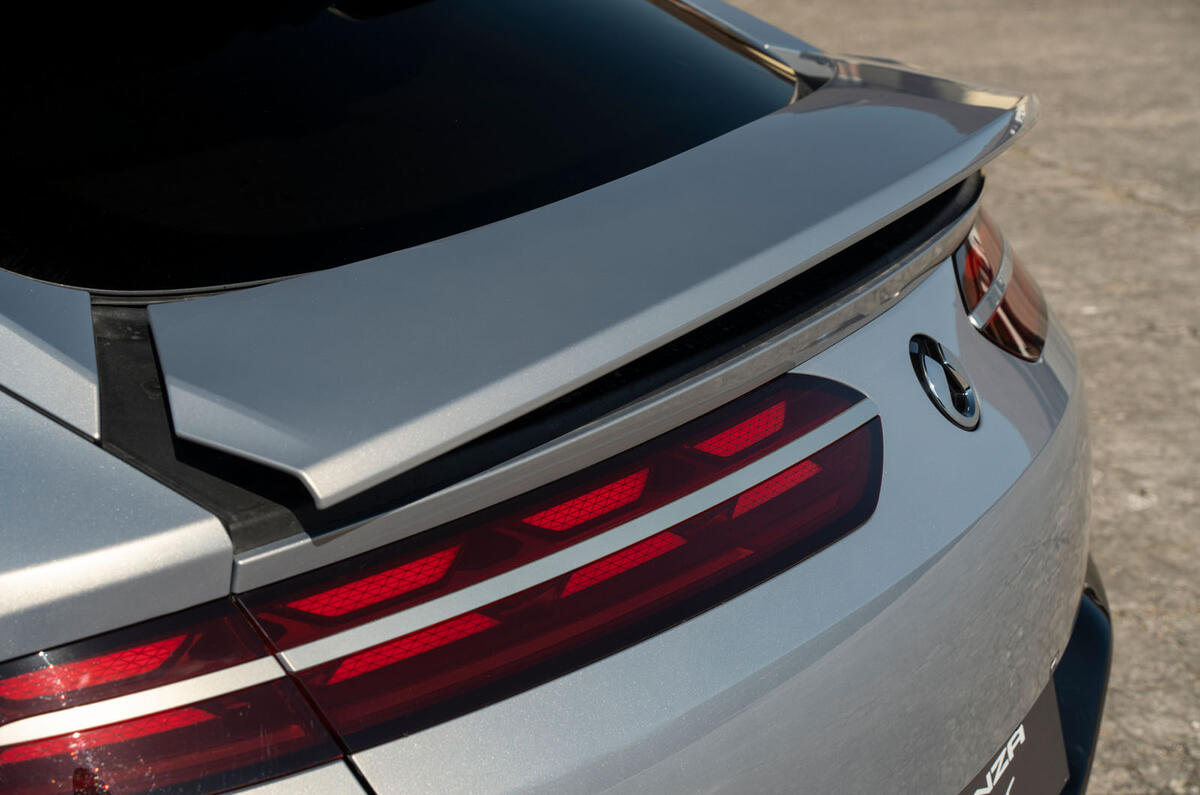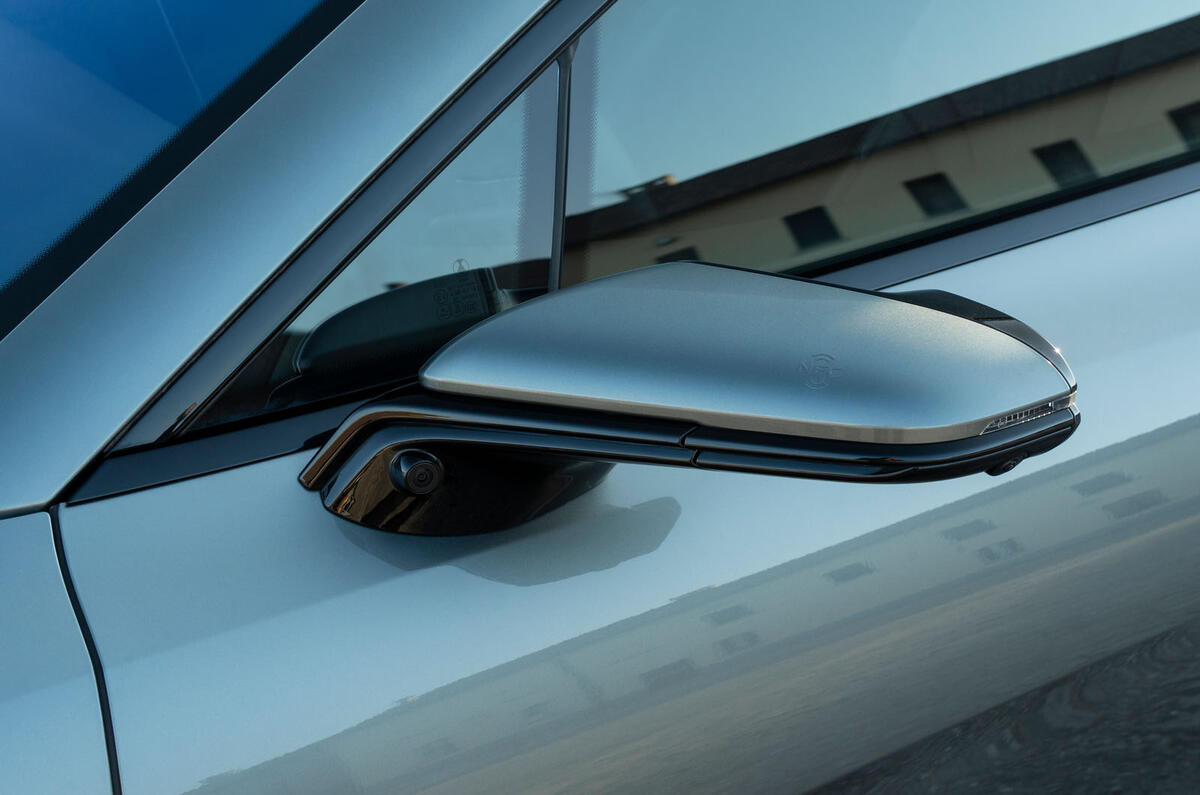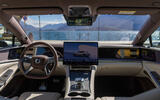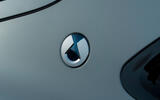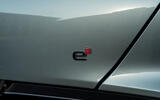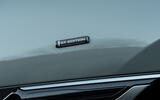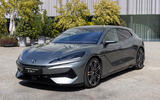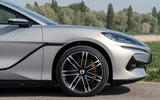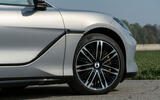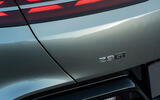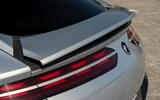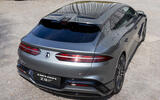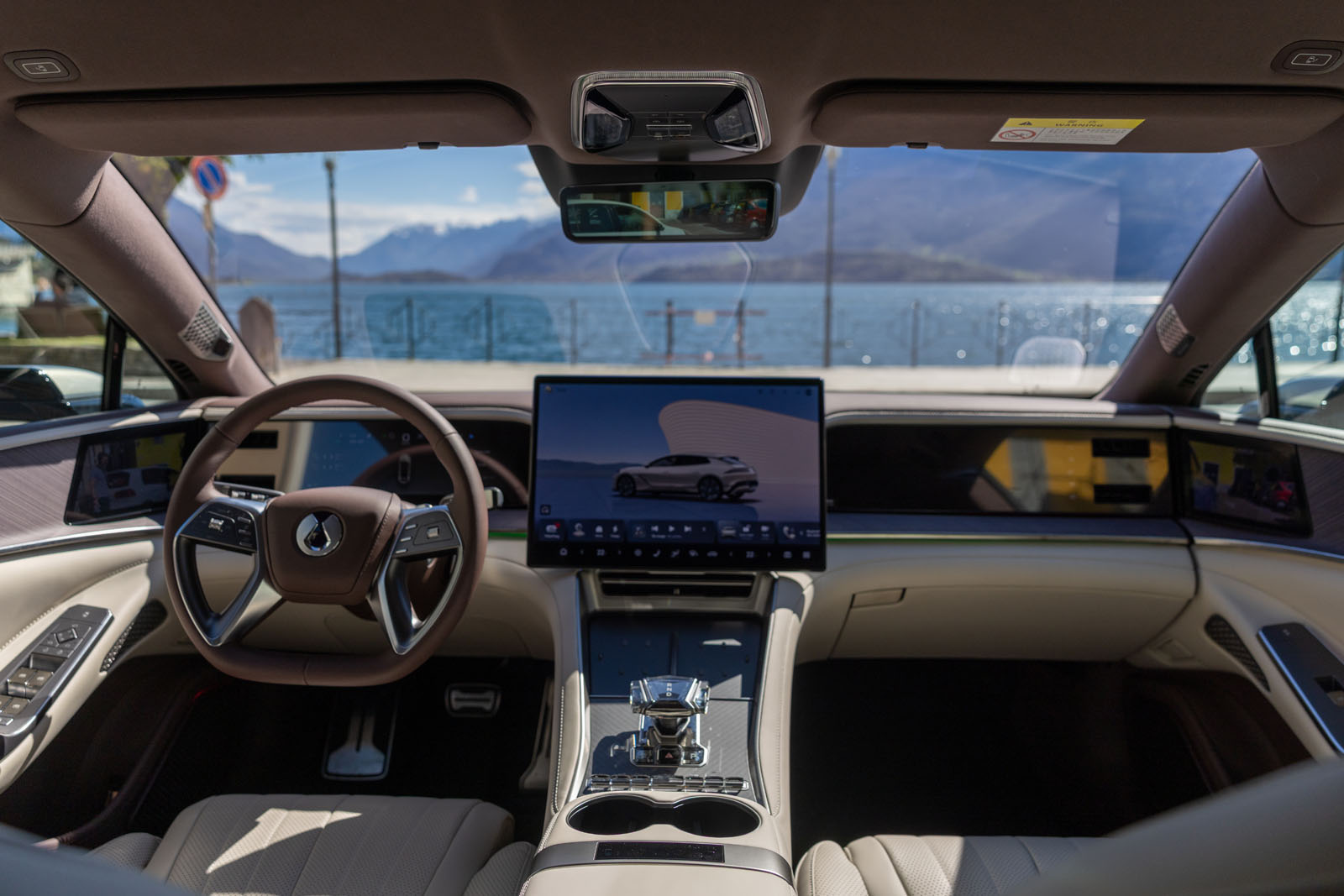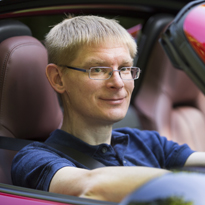The Z9 GT will be offered with electric and plug-in hybrid powertrains, making it a Porsche Taycan or Porsche Panamera rival, depending on your preference.
Our first drive was in the PHEV, badged Super DM, which uses the same layout of hybrid system as you will find in the likes of the BYD Seal U but is upgraded considerably, a new 204bhp 2.0-litre turbo petrol engine combining with a 268bhp front electric motor and a pair of 295bhp rear electric motors.
The engine is largely used to charge up the battery that drives the motors, although it can directly drive the wheels when called upon at higher speeds. Meanwhile, the two rear motors can run independently, allowing power to be sent separately to each of the rear wheels. Total system output is 858bhp, giving a 0-62mph time of 3.6sec.
The motors are powered by a 28.5kWh BYD Blade battery (which can be charged at rates of up to 82kW) and, unusually for a PHEV, the cells are connected directly to the body, increasing structural rigidity.
The PHEV has an electric-only range of 125 miles and an overall range of 684 miles. With the battery depleted, Denza claims the engine can achieve 42mpg.
The electric version also uses a tri-motor set-up, with a 380bhp motor on the front axle and two 322bhp motors (which can spin at up to 21,000rpm) at the rear. Again, all three motors can operate independently, with the car’s software working out where best to draw power from.
Despite that extra power, the EV is just 0.2sec faster than the PHEV to reach 62mph. Power comes from a 100kWh BYD Blade battery, which also uses cell-to-body technology, giving it a range of 391 miles. Because the electrical architecture runs at 800V, the battery can be charged at rates of up to 270kW.
Our limited track run wasn’t enough for any definitive impressions, especially with our test car still in Chinese spec, but it was enough to suggest that, if properly honed and developed for European roads, the Z9 GT won’t disgrace itself among its intended premium rivals.
The ride of Chinese-market cars is often found wanting, but even on 20in wheels the machine’s air suspension system did a really good job of soaking up the bumps on Vairano's handling circuit.
The power delivery is smooth and rapid, with an EV-esque hit of instant torque and acceleration. It's also really calm and quiet, even when the engine does kick in to boost the power at high speed, giving it a genuinely premium feel inside.
Our short drive didn’t offer much ability to really learn about the Z9 GT’s handling, although it did suggest that you shouldn’t expect Porsche or BMW levels of driver engagement.
Then again, you won’t found a Porsche or BMW that can crabwalk or rotate in a circle, which the Z9 GT can, thanks to its Vehicle Intelligent Control technology, unusual rear-wheel-steering and motor set-up.
Denza thinks this unusual ability could help the car squeeze through tight spaces in cities or park in otherwise difficult, narrow spots. That is, of course, if you don’t mind the sound of squealing tyres, a waft of burning rubber and various thoughts about how much wear you’re putting the wheels through.


